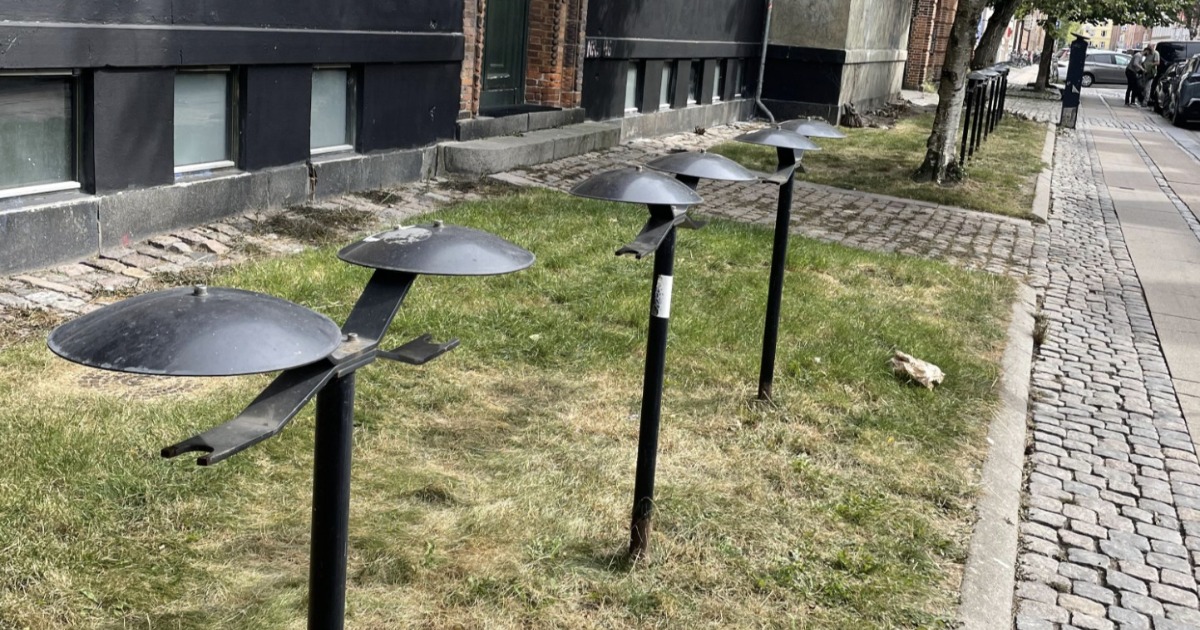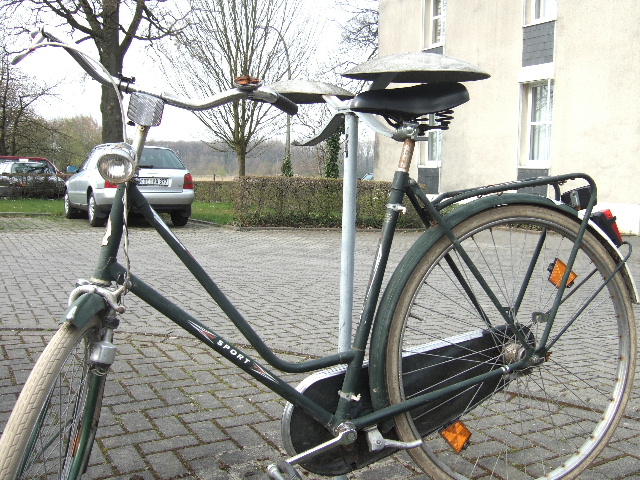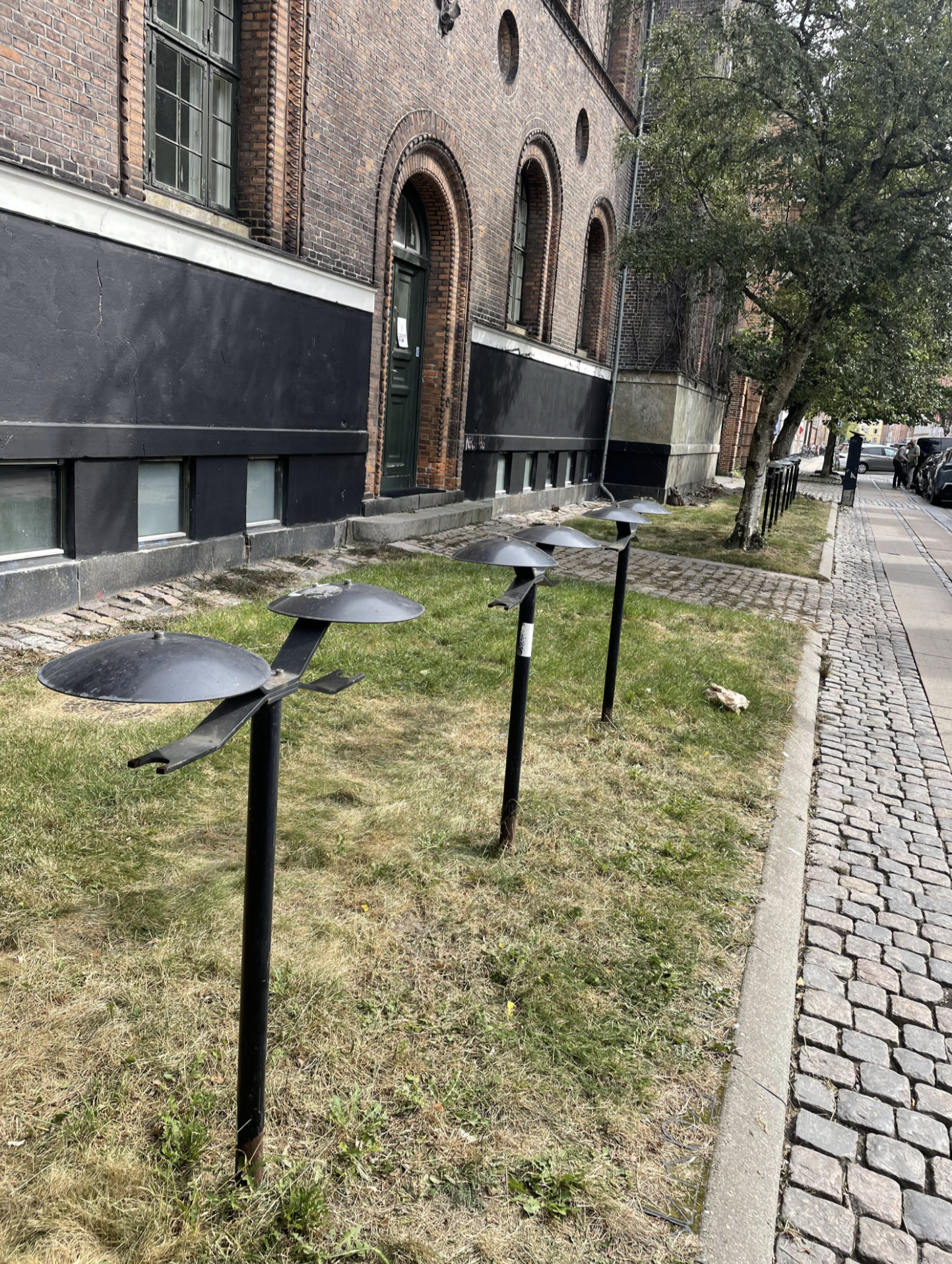Guess What This Is. You Can’t.

Source: Reddit
Wandering the cobblestone streets of Copenhagen, you will undoubtedly come across them—sleek black posts with relatively flat discs perched on top. Looking like abstract sculptures or maybe the remains of an old lighting system, they might be confused for something else entirely, but they are actually bike racks.
Consider Copenhagen bike racks as designs that favor minimalism, form and function. A single pole of metal with a slant-disc shape on top is much better than a bulky loop or cage. Designers shape them to obscure their function unless you’ve become familiar with how cycling fits into urban infrastructure.
How They Work
Each post is between 3 and 4 feet tall and the disc shaped top element discourages sitting or placing objects on it. Cyclists lock the front wheel to the post, and this keeps the bike upright and secure.
The design is clean and purposeful. There is no clutter and yet the rack serves a purpose. They pop up in grassy areas or sidewalks throughout the urban landscape, while maintaining a sense of aesthetic integration and unobtrusiveness.

Cycling as Culture
Over sixty percent of the residents of the city of Copenhagen use bikes daily to commute. The streets are designed for bicycles complete with dedicated bike lanes. Bike racks are important as infrastructure; and the design philosophy is reflective of Copenhagen’s emphasis on efficiency and aesthetics.
Unlike your typical bike rack, the Copenhagen model does not take away a lot of space. It provides the infrastructure to support a cycling culture, yet maintains the visual character and integrity of the space.
Where Design Meets Everyday Life
We find them placed outside of schools, offices and also historic buildings. They do not compete with the architecture in terms of form; they add to it. That even the most basic elements in the infrastructure of any city can be amplified by thoughtful design but usually go unnoticed.
Generally speaking, Danish urban design emphasizes form and function equally. Bike racks are an example of many components—more noticable ones, like unique streetlamps, benches, pavers and utility covers—that transform necessity into a vehicle of design.

A Small Yet Meaningful Impression
For many, these bike racks are a quiet surprise. Thoughtful design influences behavior, space, and perception, and these works depict that impact. Many travelers who grew up puzzled by ugly bike racks, or none at all, glimpse in Copenhagen’s bike racks what infrastructure can and should look like.